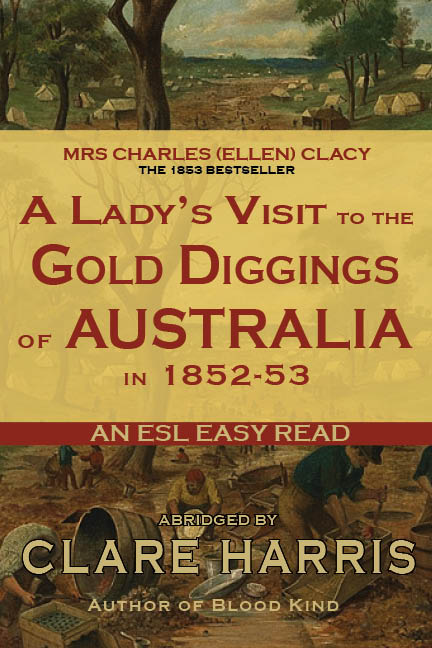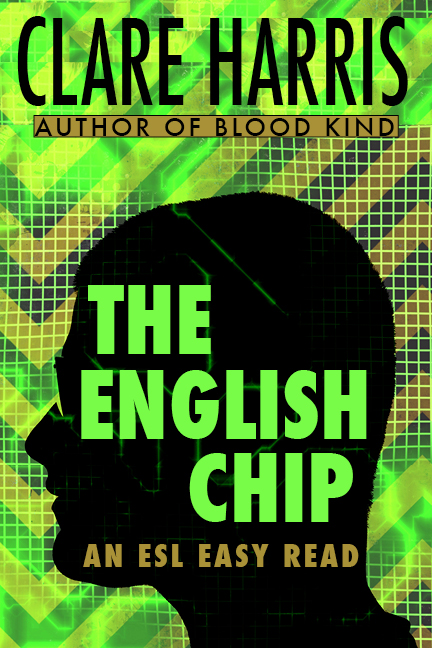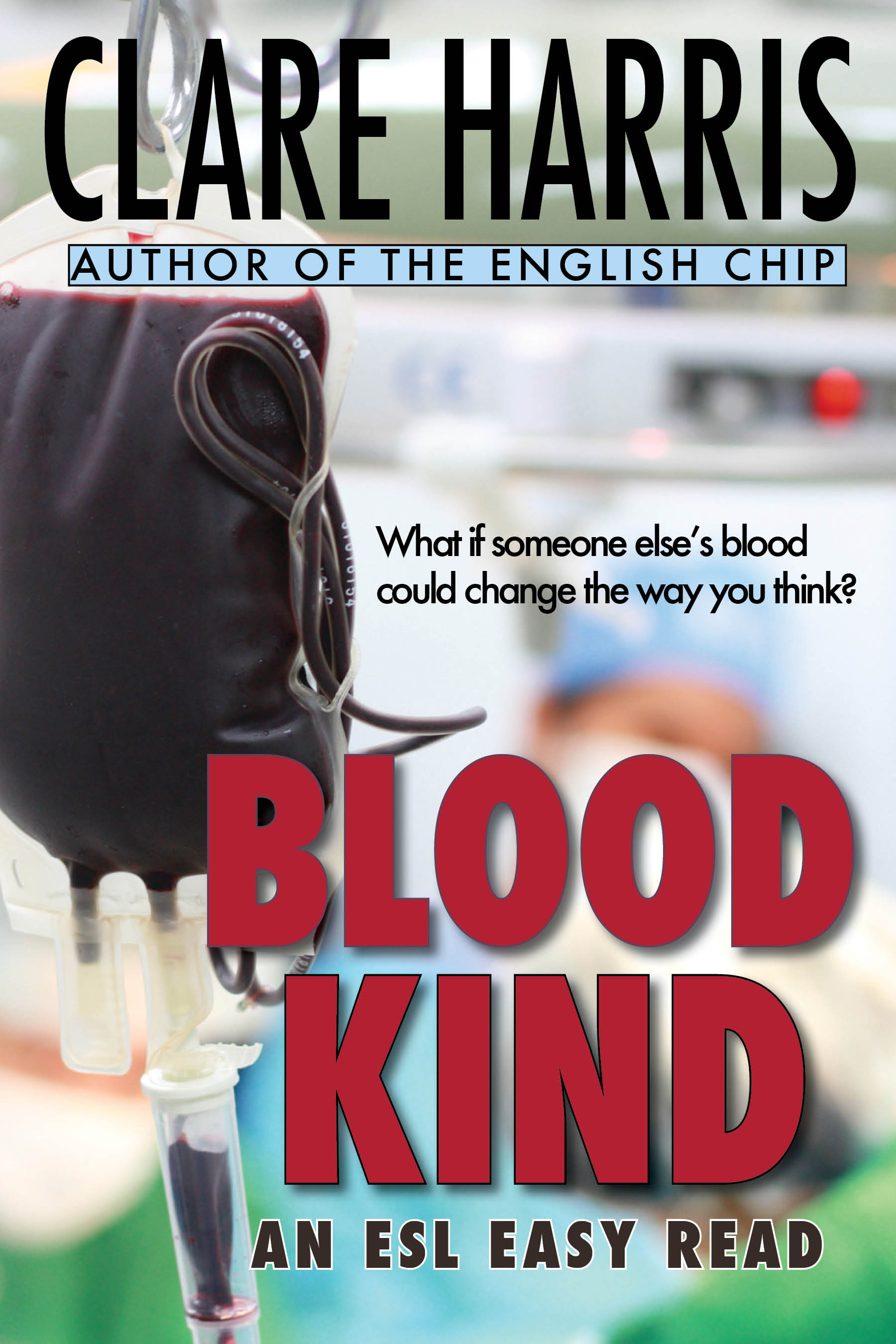In this blog post I interview Helga Burry, as the third book in her Let’s Connect series is now out! The subtitle is: ‘An Australian ESL Grammar Workbook’, offering carefully scaffolded grammar explanation and practice, with Australian dialogues and content. Big congratulations, Helga! I know how much work has gone into this.
Helga, this is the third book. Remind us about the others…
The first two grammar books in the Let’s Connect series cover present tense, past tense and the present and past continuous tenses, as well as the future and First Conditional.
After these books were published, I decided I needed to continue with the next two tenses, which can often be the most difficult for students to grasp – the present perfect and perfect continuous tenses.
Agreed. So what’s in the book?
Book 3 is filled with exercises on present perfect and present perfect continuous, using key words, such as yet/already/just versus last week/ in 2019 etc. There are Choose the correct tense exercises, short cloze exercises and stories, as well as dialogues. Everything is set in an Australian context, so it’s all ‘real life’ English. Plus because there’s a whole book just on these tenses, students can immerse themselves in the language and get the kind of practice that makes things ‘stick’.
I’ll share a sample so that you can see what it looks like.
Thanks! What was your inspiration?
I love teaching these two tenses because I know so many students find the difference between past tense and present perfect extremely confusing. By carefully scaffolding and guiding them step by step, I hope to help them gain a better understanding, so that they can use both tenses confidently.
When I taught English in Germany, my students often used present perfect form to talk about the past (eg Yesterday I have met my friend). I started creating teaching materials to help them correct this, and when I returned to Australia, I kept going. Those materials were the basis of this book.
I also know how difficult grammar can be from a personal perspective, as I too have struggled with understanding German grammar! At the moment I’m attending a small group with a German teacher to improve it. Sometimes it can be challenging to apply the rules correctly when I speak.
You’re still learning German?
It’s an ongoing process, Clare…
Do you have a particular student in mind as you write?
I think many, rather than just one. The more I work with different student groups, the more I learn about their needs.
After years of AMEP experience in Australia, plus teaching in Vietnam and Germany, I’m now giving one-to-one lessons to school children. It’s been challenging adapting my teaching methodology to suit younger people, but it’s also helped me to expand my knowledge and improve my teaching skills. I’m aware that as I was writing Book 3, many of my students came to mind.
What was your goal with this series?
I believe a good grammar foundation is a high priority when learning a language. This comes from my years of teaching and from my own experience when I speak German. This good grammar basis allows me to correct myself and thus improve my speaking and writing skills. I strongly believe that self-correction is a skill students should learn!
The grammar exercises are carefully scaffolded and enable teachers and students to delve into the grammar in detail. Teachers often don’t have time to create their own materials, so I hope the Let’s Connect books will help them. I know there are plenty of online materials available, but they aren’t Australian, and that makes the content a little less immediate.
The books can also help beginner ESL teachers to feel clearer about the basic grammar rules, which can in turn help them share their knowledge with their students.
Another option is for students to work through the books on their own, doing the grammar exercises and listening to the accompanying CDs. The books’ contents are clearly set in an Australian context, and I’ve used everyday vocabulary, so students can concentrate on the grammar rather than having to grapple with new words.
There’s lots of grammar on YouTube – are you tempted to do that?
That’s not my plan. Although learning grammar online and watching You Tube may certainly help some students, I do believe that learning by working through a grammar book can be more effective. I’ve been teaching some students for over a year now, and it’s really when they attend their lessons regularly, and complete their homework, that I see the most improvement.
It takes hard work and commitment to learn a language, and I hope my grammar books will help students have success in this process.
Writing a book like this is a huge amount of work – which you did alone?
As I mentioned, many of the ideas for the book originated from my previous teaching materials, which I changed and expanded. Even so, writing Book 3 was a painstaking venture and took many hours of work. Fortunately, my graphic designer, Marc, lives nearby, so I could visit him to discuss changes. Other friends like you, Clare, helped me edit or proofread Book 3, and Martine and Drummond (ex-ESL teachers) did the CD recording with me.
It takes a village…and it’s not a speedy process. What made you keep going?
The process of first writing Book 3 and then working with Marc on the design took over two years, and sometimes I felt like giving up. I kept going because I was determined to get the book published, so students and teachers would benefit from all the hard work.
Where can people find the books?
Ask your local bookshop or library supplier for Let’s Connect: An Australian ESL Grammar Workbook 3 ISBN 9 780646 87100. It should soon be available at The Language People bookshop in Brisbane and Dymocks in Adelaide, as well as Abbey’s in Sydney and The Language Centre in Perth. I’m still talking to other bookshops about it (Clare: I’ll update this post as soon as you hear from them).
If you have any queries, my email address is helga.burry AT optusnet.com – and here’s the flyer:
Are you writing another book?
I’d very much like to write Book 4, which would have units on Comparatives/Superlatives, Relative Pronouns etc. However, I’m not sure if I still have the energy to embark on yet another new book. I’ll also have to see how Book 3 sells before I make any decisions.
What about when you’re not writing books?
Although I stopped teaching at TAFE in 2014, I ‘m still very much involved in teaching ESL. I now tutor school students at home, one-to-one, which I love because I’m my own boss and am free to teach without all the other responsibilities expected in an organisation.
Yes indeed! But different challenges?
Sometimes the primary school students can be quite challenging, as often it’s their parents who want them to learn. At the moment I have Year 10, 11 and 12 students, who make my job rewarding. They’re fast learners and work really hard. It’s a very satisfying experience watching them make progress.
Any other thoughts on your work, or our profession?
Yes! I’m so grateful that I chose to give up my career as a high school German teacher and walk along a different path by studying a Graduate Diploma in Teaching English as a Second Language so many years ago. It’s been such a rewarding career, and my passion for helping students progress in their learning will, I hope, continue into the future. My work as an ESL teacher has enabled me to embark on many of my life’s adventures.
Isn’t it good to have that sense of purpose? Thanks, Helga, and wishing you great success with the new book!










